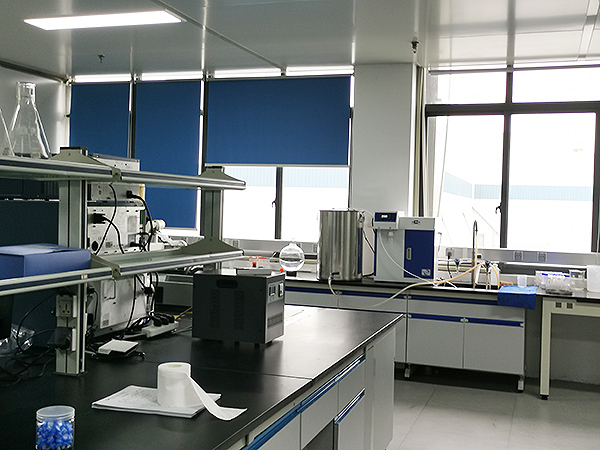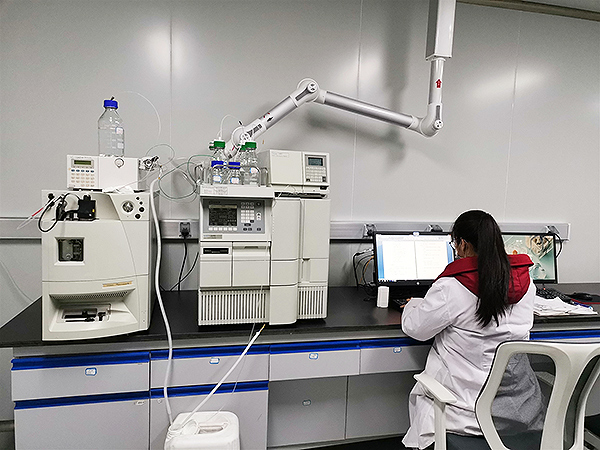There are many kinds of transmembrane peptides, and their classification is based on physical and chemical properties, sources, ingestion mechanisms, and biomedical applications. According to their physical and chemical properties, membrane penetrating peptides can be divided into three types: cationic, amphiphilic and hydrophobic. Cationic and amphiphilic membrane penetrating peptides account for 85%, while hydrophobic membrane penetrating peptides account for only 15%.
1. Cationic membrane penetrating peptide
Cationic transmembrane peptides are composed of short peptides rich in arginine, lysine, and histidine, such as TAT, Penetratin, Polyarginine, P22N, DPV3 and DPV6. Among them, arginine contains guanidine, which can hydrogen bond with negatively charged phosphoric acid groups on the cell membrane and mediate transmembrane peptides into the membrane under the condition of physiological PH value. Studies of oligarginine (from 3 R to 12 R) showed that the membrane penetration ability was only achieved when the amount of arginine was as low as 8, and the membrane penetration ability gradually increased with the increase of the amount of arginine. Lysine, though cationic like arginine, does not contain guanidine, so when it exists alone, its membrane penetration efficiency is not very high. Futaki et al. (2001) found that good membrane penetration effect could be achieved only when the cationic cell membrane penetrating peptide contained at least 8 positively charged amino acids. Although positively charged amino acid residues are essential for penetrative peptides to penetrate the membrane, other amino acids are equally important, such as when W14 mutates into F, penetrability of Penetratin is lost.
A special class of cationic transmembrane peptides is nuclear localization sequences (NLSs), which consists of short peptides rich in arginine, lysine and proline and can be transported to the nucleus through the nuclear pore complex. NLSs can be further divided into single and double typing, consisting of one and two clusters of basic amino acids, respectively. For example, PKKKRKV from simian virus 40(SV40) is a single typing NLS, while nuclear protein is a double typing NLS. KRPAATKKAGQAKKKL is the short sequence that can play a role in membrane transmembrane. Because most NLSs have charge numbers less than 8, NLSs are not effective transmembrane peptides, but they can be effective transmembrane peptides when covalently linked to hydrophobic peptide sequences to form amphiphilic transmembrane peptides.

2. Amphiphilic transmembrane peptide
Amphiphilic transmembrane peptides consist of hydrophilic and hydrophobic domains, which can be divided into primary amphiphilic, secondary α-helical amphiphilic, β-folding amphiphilic and prolin-enriched amphiphilic.
Primary type amphiphilic wear membrane peptides into two categories, category with NLSs covalently connected by hydrophobic peptide sequence, such as MPG (GLAFLGFLGAAGSTMGAWSQPKKKRKV) and Pep - 1 (KETWWETWWTEWSQPKKRKV), Both are based on the nuclear localization signal PKKKRKV of SV40, in which the hydrophobic domain of MPG is related to the fusion sequence of HIV glycoprotein 41 (GALFLGFLGAAGSTMG A), and the hydrophobic domain of Pep-1 is related to the tryptophan rich cluster with high membrane affinity (KETWWET WWTEW). However, the hydrophobic domains of both are connected with nuclear localization signal PKKKRKV through WSQP. Another class of primary amphiphilic transmembrane peptides was isolated from natural proteins, such as pVEC, ARF(1-22) and BPrPr(1-28).
The secondary α-helical amphiphilic transmembrane peptides bind to the membrane via α-helices, and their hydrophilic and hydrophobic amino acid residues are located on different surfaces of the helical structure, such as MAP (KLALKLALK ALKAALKLA). For beta peptide folding type amphiphilic wear membrane, its ability to form a beta pleated sheet is crucial to its penetration ability of the membrane, such as in VT5 (DPKGDPKGVTVTVTVTVTGKGDPKPD) in the process of researching the penetration ability of the membrane, using the type D - amino acid mutation analogues could not form beta folded piece, the penetration ability of the membrane is very poor. In proline-enriched amphiphilic transmembrane peptides, polyproline II (PPII) is easily formed in pure water when proline is highly enriched in the polypeptide structure. PPII is a left-handed helix with 3.0 amino acid residues per turn, as opposed to the standard right-handed alpha-helix structure with 3.6 amino acid residues per turn. Proline-enriched amphiphilic transmembrane peptides included bovine antimicrobial peptide 7(Bac7), synthetic polypeptide (PPR)n(n can be 3, 4, 5 and 6), etc.

3. Hydrophobic membrane penetrating peptide
Hydrophobic transmembrane peptides contain only non-polar amino acid residues, with a net charge less than 20% of the total charge of the amino acid sequence, or contain hydrophobic moieties or chemical groups that are essential for transmembrane. Although these cellular transmembrane peptides are often overlooked, they do exist, such as fibroblast growth factor (K-FGF) and fibroblast growth factor 12(F-GF12) from Kaposi's sarcoma.
Post time: Mar-19-2023
